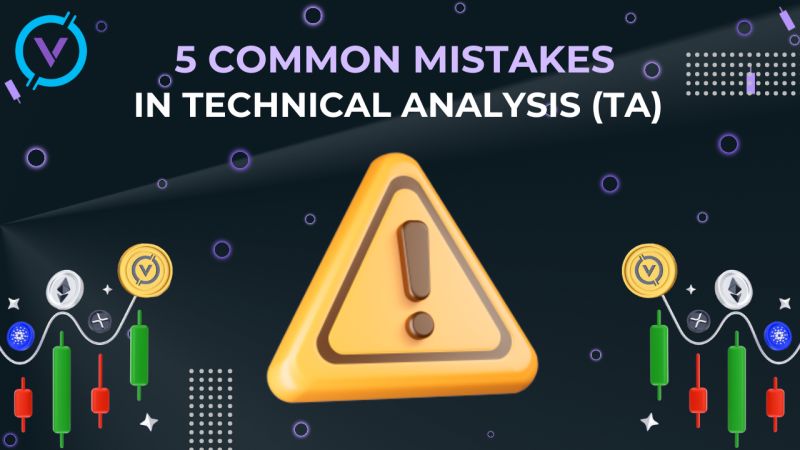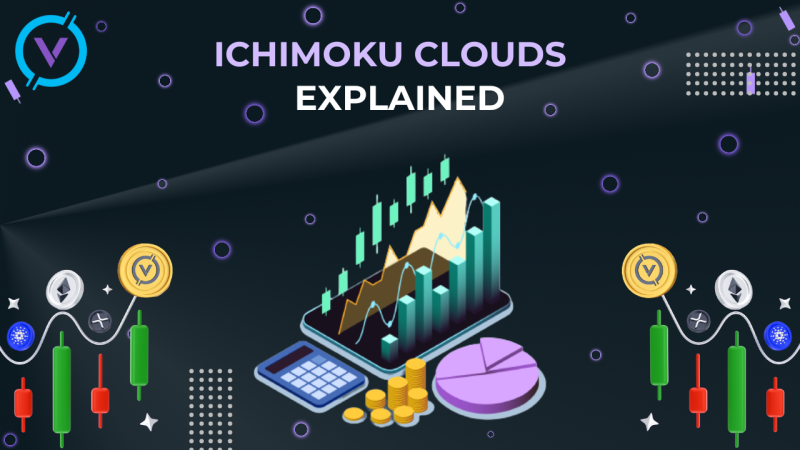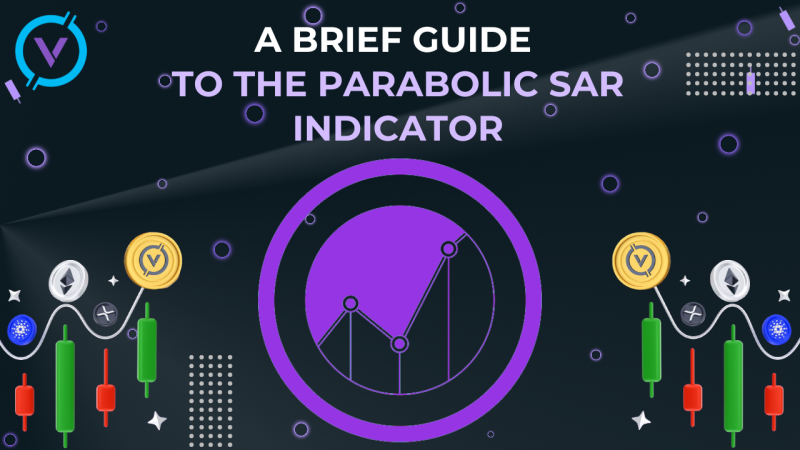Avalanche is a platform that enables people and businesses around the world to create scalable, decentralized solutions. In this article we wanted to give everyone as comprehensive an overview of the platform as possible to help you understand how Avalanche works faster.
Avalanche is an open-source platform for launching decentralized financial applications (DeFi) and deploying enterprise blockchains in a single interoperable and highly scalable ecosystem.
Avalanche is one of the first smart contract platforms that executes transactions in less than one second, provides support for the entire suite of Ethereum develo pment tools, and enables millions of independent validators to generate blocks.
In addition to finalizing in less than a second, Avalanche is able to provide throughput several orders of magnitude higher than existing blockchain networks, over 4,500 transactions per second, and the security threshold far exceeds the 51% attack standard of other networks.
Many blockchain enthusiasts consider the Avalanche project similar to Ethereum because it is also an open-source blockchain platform that allows the creation and deployment of smart contracts as well as the creation of decentralized applications. However, there is a key difference that makes Avalanche different.
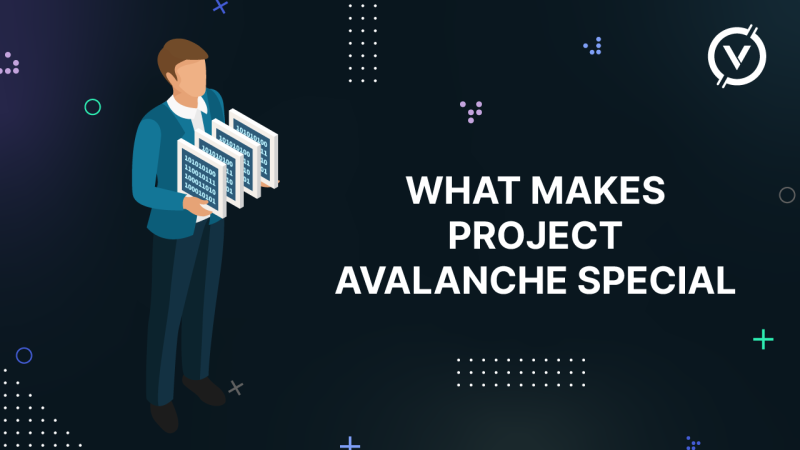
Avalanche is designed as a platform that allows anyone to create their own blockchain.
It is designed to be as modular and customizable as possible, and provides security, scalability and high performance for the smart contract platform.
- Modularity
- Customizability
- Scalability and security
- High performance
Let's take a look at four unique features of the Avalanche platform:
- Modularity
Avalanche allows anyone to use the building blocks of the platform to create a standardized blockchain that can be either open or closed, while still providing everything you need for a particular application. All new blockchains are compatible with each other and work on a common blockchain network. Avalanche is a blockchain ecosystem that can be extended to perform any task beyond the common denominator of the system.
- Customizability
Avalanche offers developers full control over the behavior of smart contracts. They can control who will be allowed to view and interact with the DApp, who will manage it, what virtual machine or programming language it will work with. In addition, it enables decentralization of financial applications by creating smart assets. That's the name given to complex digital assets in which you can add your own rules.
- Scalability and security
Avalanche's blockchain uses the Proof-of-Stake (PoS) consensus mechanism to provide protection against a "Sybil attack". (A Sybil attack is a type of peer-to-peer network attack in which the victim only connects to nodes controlled by the attacker) Its PoS system gives voting rights to thousands of validators, ensuring that the network is attack-resistant, stable and reliable.
- High performance
The Avalanche team has created protocols it calls the "Snow Family". These protocols will allow all Avalanche-based chains to process thousands of transactions per second. It also allows all chains to complete their transactions within seconds rather than hours.
How does Avalanche work?
Avalanche uses a combination of methods that make it unique, and actually consists of three main interacting blockchains:
- The X-Chain
A DAG-based payment chain for creating and trading smart digital assets (these assets are a representation of a real object with a set of rules that govern its behavior). One of the assets traded in the X-Chain is AVAX, the network's internal token. When someone sends a transaction to one of Avalanche's blockchains, they pay a fee in AVAX tokens. The X-Chain is a separate instance of the Avalanche Virtual Machine (AVM).
- P-Chain
Manages the metadata of the Avalanche network. Its API allows nodes to form subnets, add validators to subnets, and create blockchains.
- C-Chain
Another instance of Ethereum Virtual Machine, based on the Avalanche consensus protocol. On C-Chain, you can create smart contracts and do everything the same as on Ethereum, using the C-Chain API.
In addition to the default three blockchains, the Avalanche system is capable of supporting several other chains and their own virtual machines. This feature allows developers to create their own decentralized applications and blockchains.
How do Avalanche's consensus mechanisms work?
The platform uses two consensus mechanisms:
1. Avalanche
Consensus optimized for DAG (directed acyclic graph), which is high throughput, parallelizable and easy to delete.
Validators poll a sample of other validators to determine if the new transaction is valid. After a certain number of such repeated random polls, it is statistically proven that a false transaction is almost impossible.
All transactions are terminated immediately, without the need for other confirmations. Validator node startup and transaction validation have low and affordable hardware requirements, which improves performance, decentralization, and environmental friendliness.
2. Snowman
Blockchain-optimized consensus, characterized by high throughput, fully ordered structure and excellent support for smart contracts.
AVAX token
AVAX is the basic unit of account of the network, serving as a currency for peer-to-peer payments, as well as a means to secure the network, deploy new subnets, pay transaction fees, create and exchange assets, manage the protocol and incentivize validators.
AVAX has a limited supply of 720 million tokens, of which 360 million were issued simultaneously with the grid’s genesis block.
In the Avalanche network, any owner of a checking node can create new tokens by blocking its existing tokens and actively participating in consensus. The coining rate is determined by the percentage of the total number of coins blocked by the owner of the node, the duration of stacking (minimum 2 weeks and maximum 1 year), the node's uptime and latency.
You can stake your AVAX to become a validator or delegate it to a validator. Validators can earn up to 10% annual percentage yield (APY) and set an individual percentage of the compensation they receive from the delegates who support them.
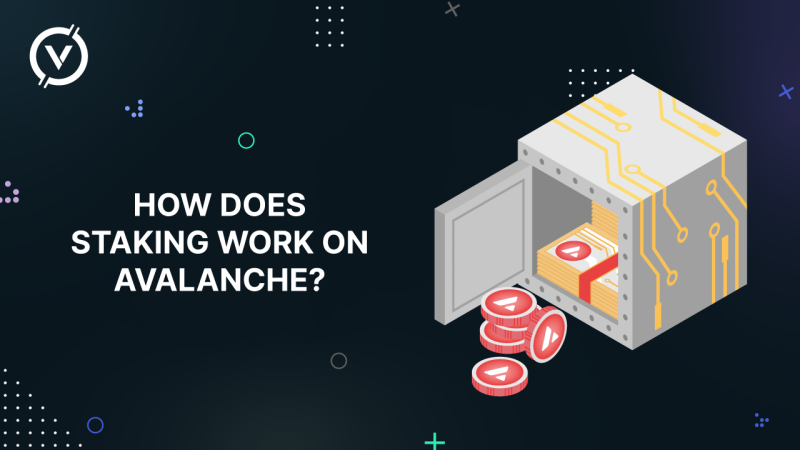
Staking is also implemented somewhat differently than in most projects.
There is no slashing in Avalanche, i.e. the network does not penalize coin holders for behavior that may not be approved by the network.
In practice, these are, for example, power outages and unstable operation of a node.
For holders participating in stacking, the lack of slashing is a significant plus, as all their blocked (staked) coins will definitely be returned in addition to the pre-agreed remuneration.
How is Avalanche different from other scalable blockchains?
Although Avalanche has a number of innovative features that fundamentally distinguish this project from most blockchain technologies, some comparisons with other platforms are still possible. One of the main indicators of network performance is the maximum number of transactions per second. Another important parameter is the confirmation time of transactions in the network.
Avalanche also promotes greater use of decentralized applications (dApps), the demand for which depends directly on data transfer speed and transaction cost. Compared to the 13 seconds it takes to transfer data on the Ethereum network, Avalanche requires only 1-2 seconds for dApps transactions.
One of Avalanche's main claims is decentralization. Given its size and age, it does have a large number of validators, thanks in part to fairly minimal requirements. Nevertheless, because of the rising prices of AVAX, it has become more expensive to be a validator.
Final thoughts
The Avalanche team was able to achieve finality in fractions of a second, high throughput and efficiency without sacrificing decentralization or security. These features make the project not only a great DeFi platform, but also a great payment platform.
The network is able to accommodate millions of validators and offers a customizable platform that enables interaction between chains to help create demand for any of the tokens created on the platform.
The AVAX token offering is fixed, which will help maintain price and create scarcity. And, unlike other staking platforms, Avalanche does not suffer from continuous value dilution due to inflation. In order to increase scarcity, all transaction fees and charges associated with creating assets, blockchains and subnets are paid in AVAX tokens, which are then burned to finally reduce the total supply.
